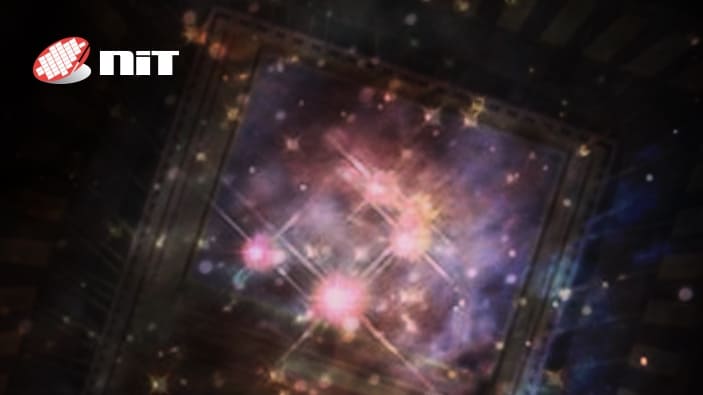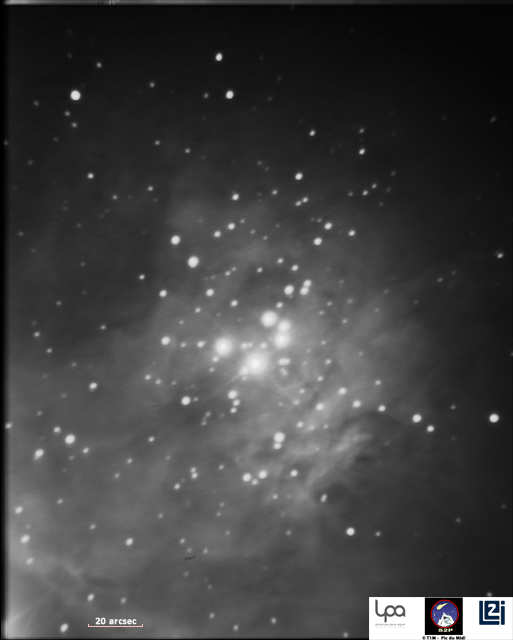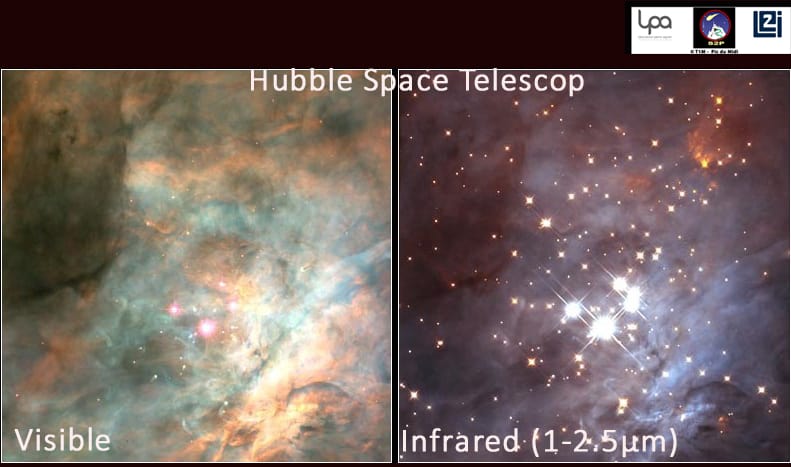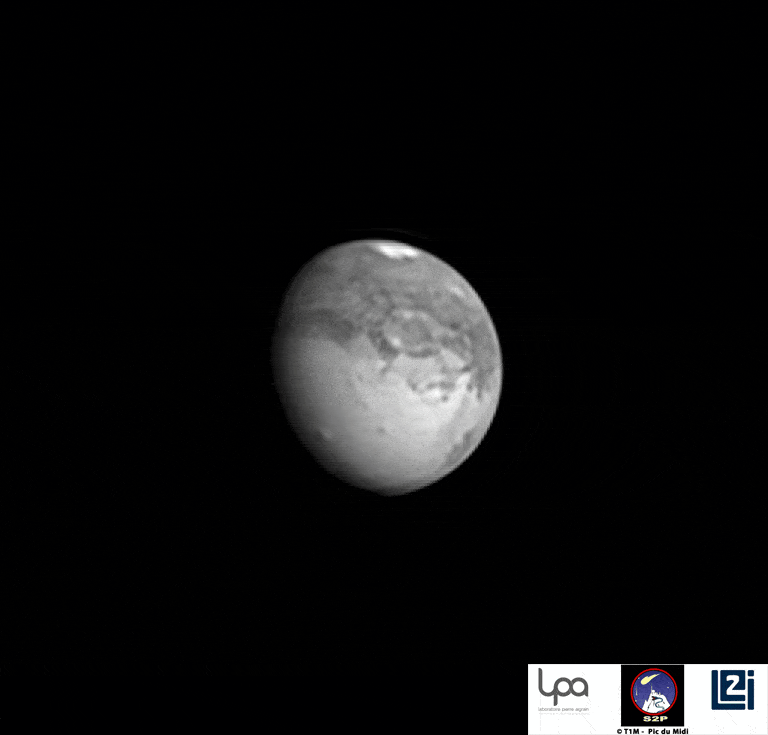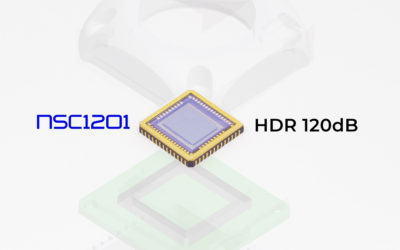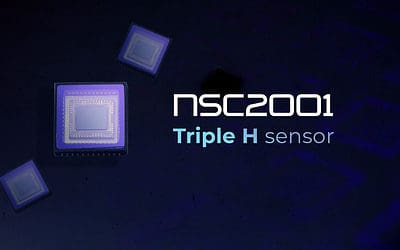Discover THE HIDDEN SWIR BEAUTY OF THE GALAXY AND MAKE YOUR WISHES FOR 2019
At NIT, we believe the universe has no limit and hide majestic stars waiting to be explored.
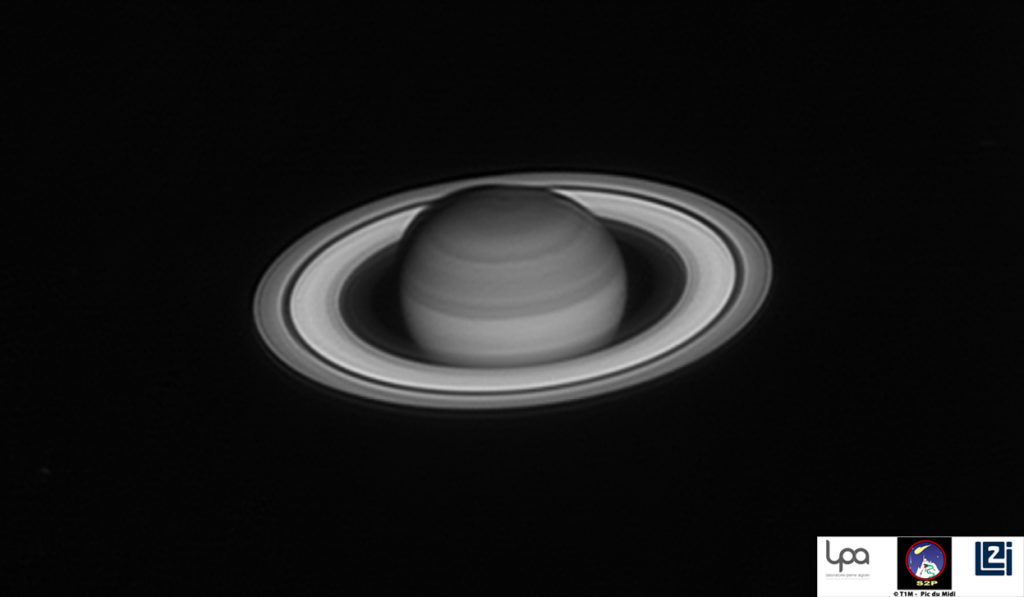
Saturn captured in J filter (1250nm with 200nm bandwidth) Courtesy of LPA/Le2i/S2P, IMCCE
In 2018, the NIT R&D department in collaboration with LPA, S2P & Le2i, accomplished successful progress in the development of a Scientific deep cooled SWIR Camera, dedicated to Scientific applications such as Astronomy and Medical SWIR imaging.
After several years of development, a first prototype was used last summer in a real Telescope (at ‘Pic du Midi’) for planet observations.
Today, we are all glad to bring you the first results of the Scientific deep cooled SWIR camera based on NIT InGaAs Detector. Saturn, Mars, Orion nebula and other stars were captured thanks to this Scientific HDR SWIR camera.
Watch the planets, choose your stars and make your wishes for 2019!
Interested to know more about this future product and application?
Click to view more picture
Hope you love this.
Once again, thank you for accompanying us this year.
Best Wishes!
P.S: We will close on Dec 24-25th, 31st, 2018 and Jan.1st, 20019

